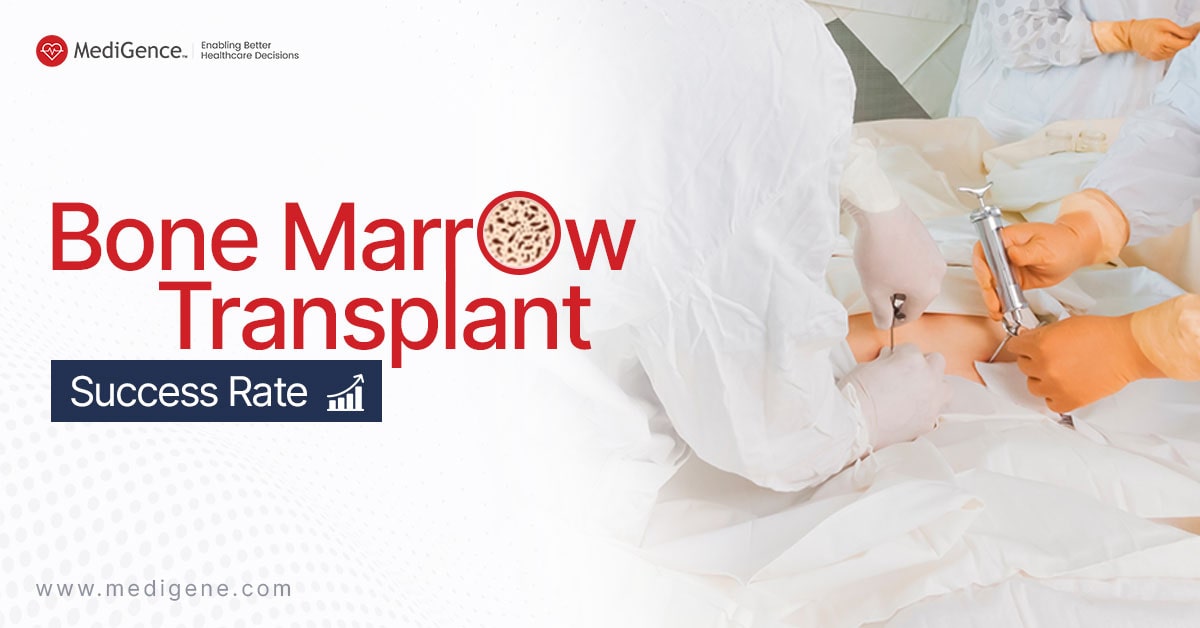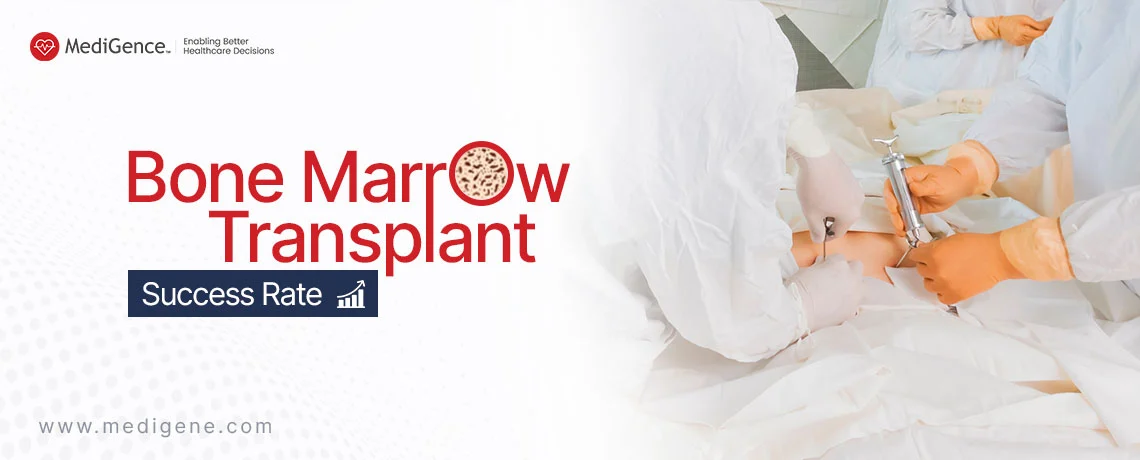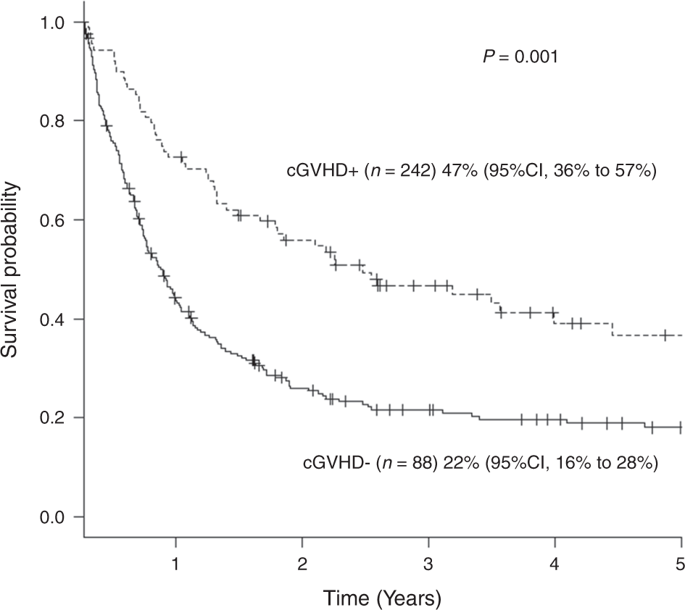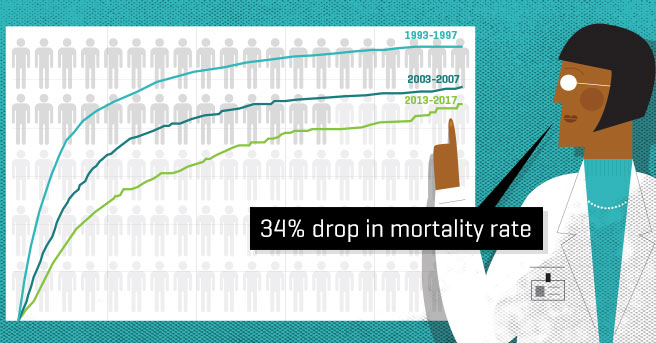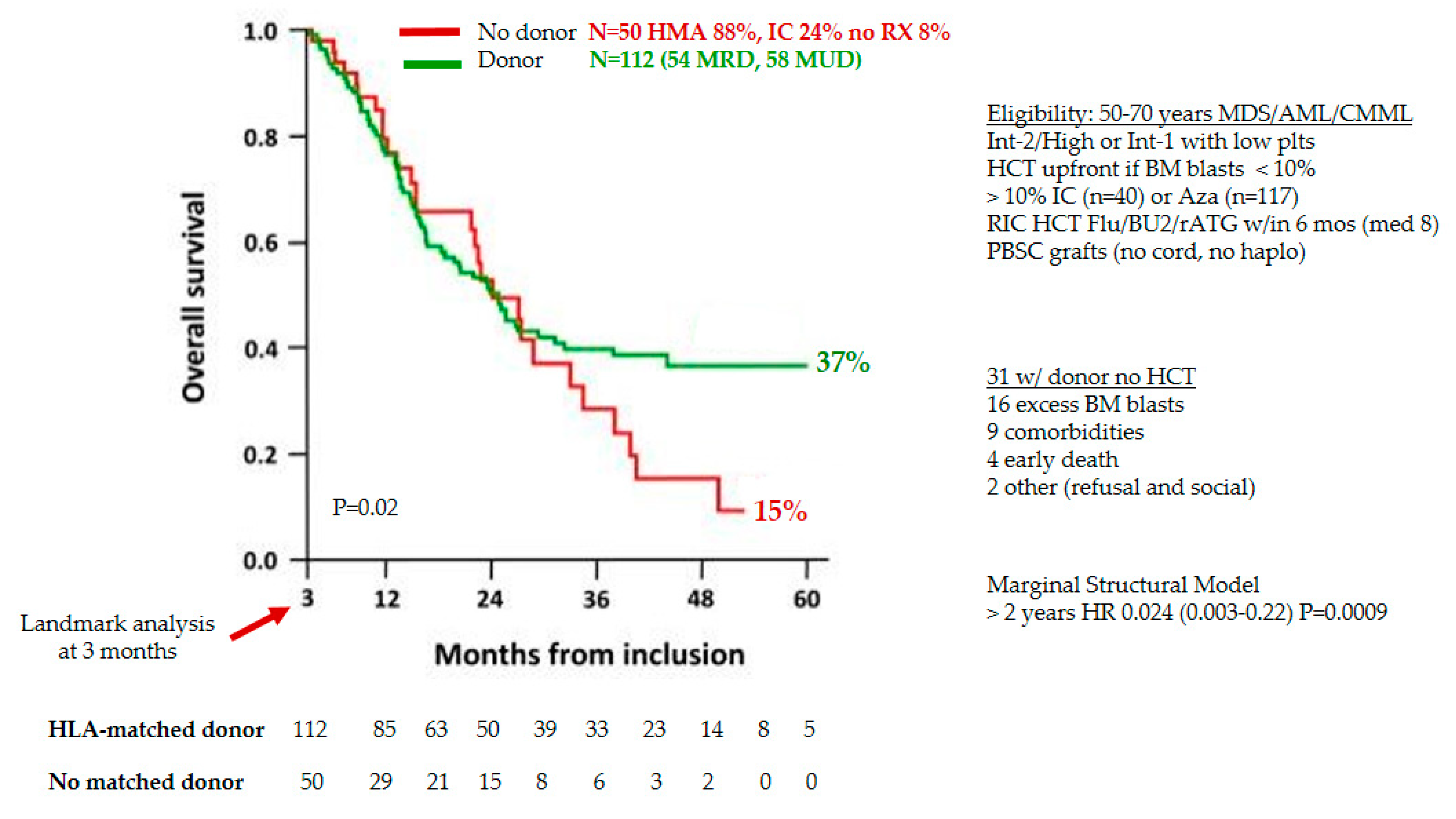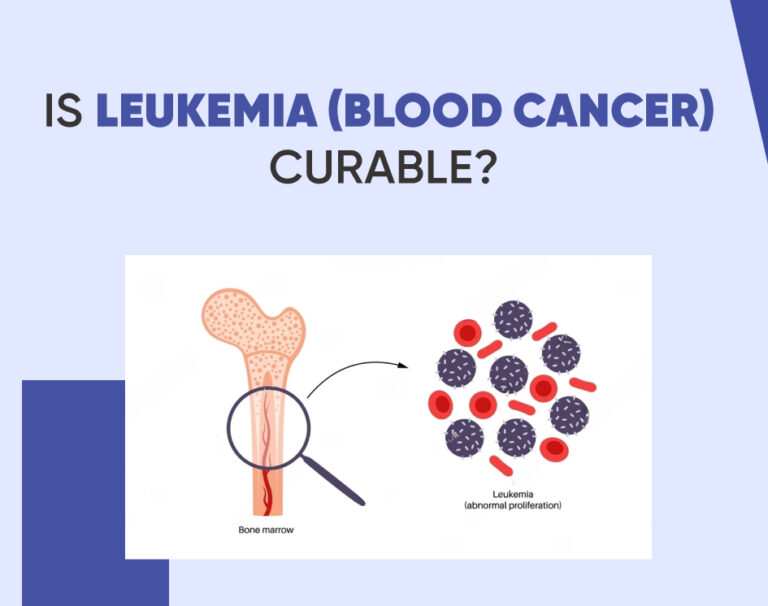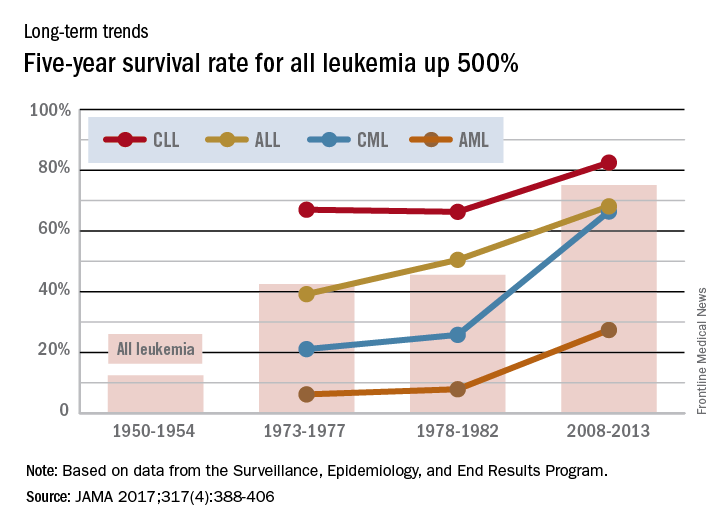Bone Marrow Transplant Leukemia Success Rate
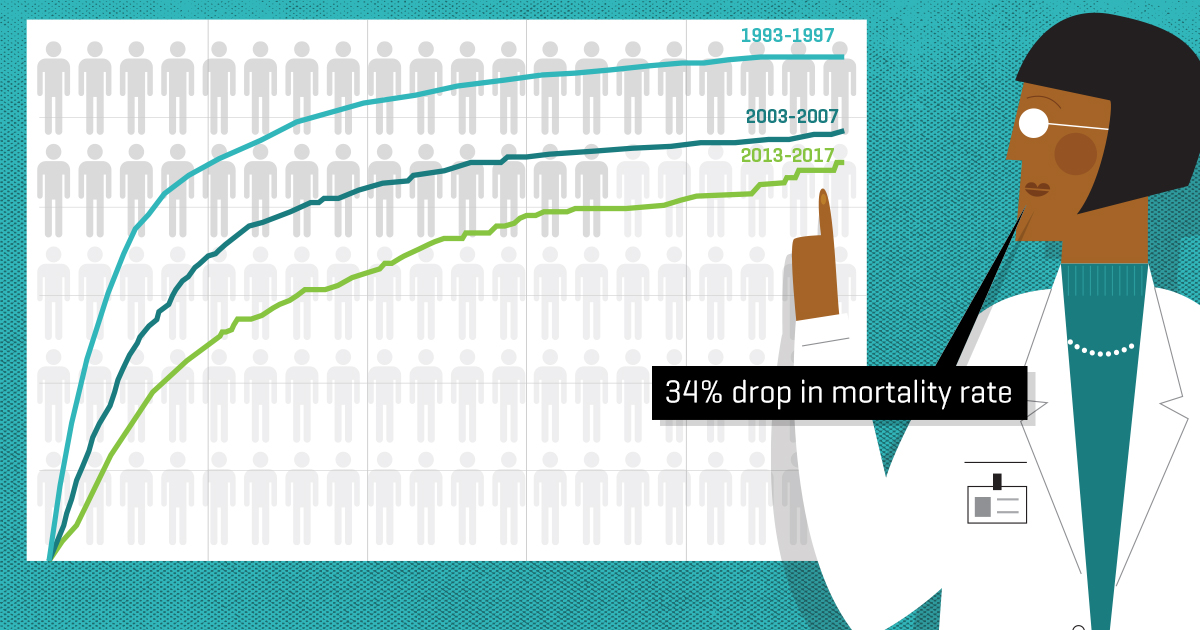
Hope surges for leukemia patients: groundbreaking data reveals a significant leap in bone marrow transplant success rates, offering a lifeline to those battling this aggressive cancer. New advancements push survival probabilities to unprecedented levels.
This report details the updated figures, breaking down success rates by leukemia type and patient demographics, underscoring the crucial factors influencing outcomes and painting a clearer picture of the future of bone marrow transplantation.
Dramatic Improvement in Acute Myeloid Leukemia (AML) Outcomes
Recent findings, presented at the American Society of Hematology (ASH) annual meeting, demonstrate a marked improvement in survival rates for Acute Myeloid Leukemia (AML) patients undergoing bone marrow transplantation. Specifically, patients with relapsed or refractory AML have witnessed a 15-20% increase in overall survival compared to figures from a decade ago, according to a multi-center study involving institutions like MD Anderson Cancer Center and Memorial Sloan Kettering Cancer Center.
This surge in success is attributed to more precise matching techniques and advancements in post-transplant therapies like targeted drug interventions and immunotherapy. These innovations significantly reduce the risk of graft-versus-host disease (GVHD) and relapse, two major complications following bone marrow transplantation.
Success Rates Vary by Leukemia Subtype
While overall success rates are climbing, it's crucial to understand that specific leukemia subtypes influence outcomes. Acute Lymphoblastic Leukemia (ALL), for example, demonstrates varying survival rates depending on the presence of the Philadelphia chromosome. Patients with Philadelphia chromosome-positive ALL typically require more aggressive treatment strategies.
According to data from the National Marrow Donor Program (NMDP), patients with standard-risk ALL have a 5-year survival rate of 60-70% following bone marrow transplantation. High-risk ALL, however, sees survival rates drop to 40-50%, highlighting the need for personalized treatment approaches.
The Impact of HLA Matching and Donor Source
The degree of HLA (human leukocyte antigen) matching between the patient and donor remains a critical determinant of transplant success. A perfect 10/10 HLA match significantly reduces the risk of graft rejection and GVHD, leading to improved long-term outcomes.
The NMDP data reveals that matched unrelated donor (MUD) transplants achieve comparable success rates to matched sibling donor (MSD) transplants, provided the HLA matching is optimal. The increasing availability of unrelated donors expands access to life-saving transplants for patients without suitable family matches.
Cord blood transplants, an alternative source of stem cells, offer another option, especially for patients from diverse ethnic backgrounds who may face challenges finding perfectly matched donors. While cord blood transplants may be associated with slower engraftment, they can still lead to durable remissions in certain leukemia subtypes.
New Therapies Boost Post-Transplant Outcomes
Beyond improvements in matching and donor selection, advancements in post-transplant therapies are playing a pivotal role in enhancing survival rates. The introduction of targeted therapies, such as tyrosine kinase inhibitors (TKIs) for Philadelphia chromosome-positive ALL, has dramatically improved outcomes in this patient population.
Immunotherapy, including donor lymphocyte infusions (DLIs) and checkpoint inhibitors, is also showing promise in preventing relapse following bone marrow transplantation. These therapies harness the power of the immune system to eradicate residual leukemia cells, leading to sustained remissions.
Furthermore, research into novel conditioning regimens, the treatment given before transplantation to suppress the patient's immune system, is focused on minimizing toxicity while effectively eliminating leukemia cells. Reduced-intensity conditioning (RIC) regimens are increasingly used in older or medically frail patients, allowing them to undergo transplantation with a lower risk of complications.
Age and Comorbidities Impact Success
Patient age and the presence of pre-existing medical conditions (comorbidities) can significantly influence bone marrow transplant outcomes. While transplantation can be successful in older adults, the risk of complications, such as GVHD and infections, increases with age.
Patients with significant comorbidities, such as heart or lung disease, may require specialized care and monitoring throughout the transplant process. Careful patient selection and optimization of medical conditions before transplantation are essential for maximizing success rates.
Studies show children tend to have more successful outcomes with bone marrow transplantation compared to adults. The resilience of the younger patient population is a key factor, as they are more likely to tolerate intense treatments.
Ongoing Research and Future Directions
The field of bone marrow transplantation is continuously evolving, with ongoing research focused on further improving outcomes and minimizing complications. Scientists are exploring new strategies to enhance graft-versus-leukemia (GVL) effect, the immune response that targets and eliminates leukemia cells.
Personalized medicine approaches, tailoring treatment to individual patient and leukemia characteristics, are also gaining traction. This involves using genomic profiling to identify specific mutations and vulnerabilities in leukemia cells, allowing for more targeted and effective therapies.
The next steps involve refining risk stratification models to better predict transplant outcomes and developing novel therapies to prevent relapse and manage GVHD. Continued collaboration between researchers, clinicians, and patients is essential for driving further progress in this critical area of cancer treatment.




